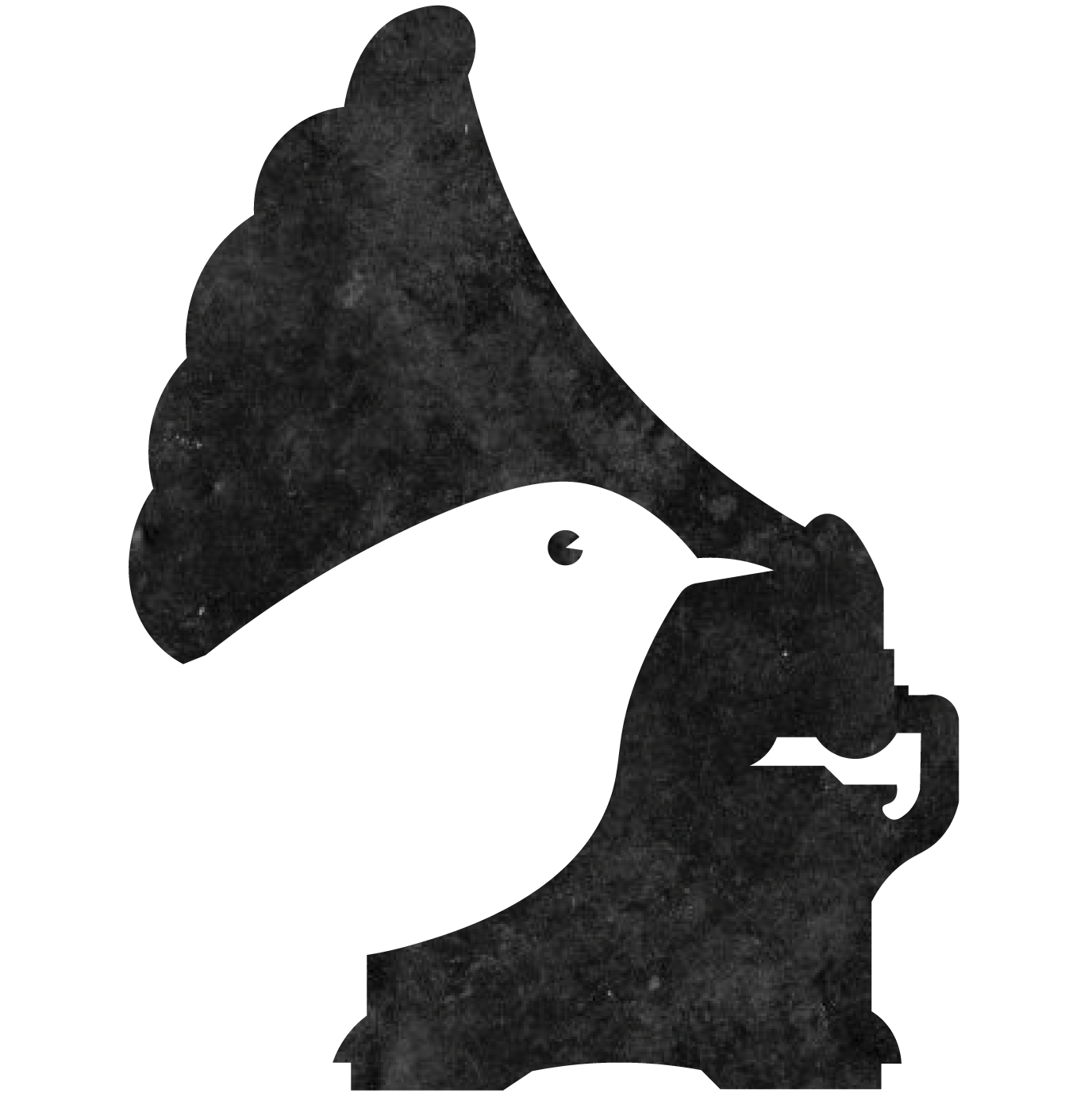“Why do we want or need to have our hearts wrenched again and again?” (Kathleen A. Wakefield on Sevdah)
Kathleen A. Wakefield is a contributor to Half Mystic Journal Opus II, Issue II: Sevdah. She has published two books of poetry: Notations on the Visible World (2000), which won the 1999 Anhinga Prize for Poetry, and Grip, Give and Sway (Silver Birch Press, 2016). Her poems have appeared in such journals as Beloit Poetry Journal, Blueline, The Georgia Review, Hubbub, Image, Midwest Quarterly, Poetry, Rattle, River Styx, Sewanee Review, and Shenandoah. She has taught creative writing at the Eastman School of Music and as a poet-in-the-schools.
We asked three of our Opus II, Issue II contributors for their personal definitions of sevdah: how it’s formed, where it’s been, what it could be. Here is Kathleen A. Wakefield’s vision of a damask veil, a clipped swan’s wing, a memory of a late-night lake with a long-gone lover, when the sky and water turned the same colour and met at the edge of the world…
Few emotions are singly, purely experienced. Perhaps the welling of love that comes upon meeting a newborn, or the cry of knife-struck grief when a loved one unexpectedly dies—the bookends of our time alongside each other.
I can speak only as a new listener of sevdah, grateful and awakened, outsider to the depths of its culture and history. In comparing it to other forms of music, Bosnian writer Ennis Cehic notes that sevdah contains “a gravity to love and heartbreak that exists on another [plane] of poignancy,” linked to the sorrow of a people and the beauty of a place. I am struck by the duality of the mournful yet sweet melodies, opposites exquisitely fused. Pleasure and pain at once. Dissonance and harmony, blissful tenderness, aching desire. Our human condition. Why we sing, write poetry.
A friend once described the music of Bach as characterized by tension, relaxation, and resolution. Suffering given beauty and so made bearable. Years ago, in a poem titled “Of Musick,” I wrote of “one note riding the other, that moment / of dissonance like the friction of two bodies / before the letting go.” The work of poetry is a perishing, hauntingly apprehended in the songs of sevdah.
“The Sea Comes in Quietly,” my poem in Half Mystic Journal Opus II, Issue II: Sevdah, conjures a landscape of rock, woods, birdsong, and the sea where I walked with a beloved years before. The place hummed with desire, growth, mortality. The warbling of thrushes evoked the music I’d played a lifetime ago. In the poem, what begins as a thrush singing “flute-like / clear” transforms into “ripplings” of call and response between two birds, in which the speaker hears echoes of Bach and Purcell. As she moves closer to the ocean and its sound-making, the birds’ “counter-singing” becomes a “tremulous coupling,” invoking the memory of love-making and its lack. Writing and editing the poem involved small, agonizing, and revealing adjustments of feeling to verbal music and imagery as I re-entered its landscape again and again, much like relistening to a piece of music.
Was I offering myself consolation, an honoring of love and place, or a more honest reckoning with loss? All of these, I suspect. What sevdah does much better, more deeply, more robustly. Song flowing through eyes, ears, lips, heart, belly, hips in the shape of immense musical sighings, the edge of wailing sustained then broken in quaver and trill. Why do we want or need to have our hearts wrenched again and again? Music and poetry return us to that world, not wholly dispelling the melancholy but carrying us into a terrible beauty that offers at least some release. Affirmation that this life holds meaning. The life we carry into our next moments of feeling.
Shortly after I finished “The Sea Comes In Quietly,” my ex-husband came back into my life, and we spent time considering whether we might begin again. A quandary arose: should I change the last line of the poem, “We loved each other once,” to the present tense? I landed on forgoing the edit. While the love between us would always exist in my body, the poignancy—the sevdah—that initiated the poem would be lost. Then he withdrew, frightened. The question no longer needed to be asked, an inversion that once again led me to sevdah.
The little I truly know of Issue XII’s mourning and ecstasy is a reminder of music and poetry as deeply embodied art forms that intensify each other’s expression: the pressure and release of breath; sound resonating from hands; stroked, plucked, or drummed instruments married with language. Music and poetry as lovers, life-giving in their iteration and reiteration of desire, memory, love, regret, terrible grief. Sevdah’s gift: it refuses to resist our hearts.
Kathleen A. Wakefield’s “The Sea Comes In Quietly” is featured alongside twenty other pieces in Half Mystic Journal Opus II, Issue II: Sevdah, a constellation of contemporary art, lyrics, poetry, and prose dedicated to the celebration of music in all its forms. In the mythic yawn between absence and presence, Opus II, Issue II wanders an empty airport terminal like centre stage. Tenderness blossoms fragile and fragrant here, coiled around the thorn of desire. The sevdah issue breathes at once as song and spell: a vow made in a past world, a memory yet to be lived, chords drinking down silence and lingering long after the ghosts have gone. Preorder your copy today.

